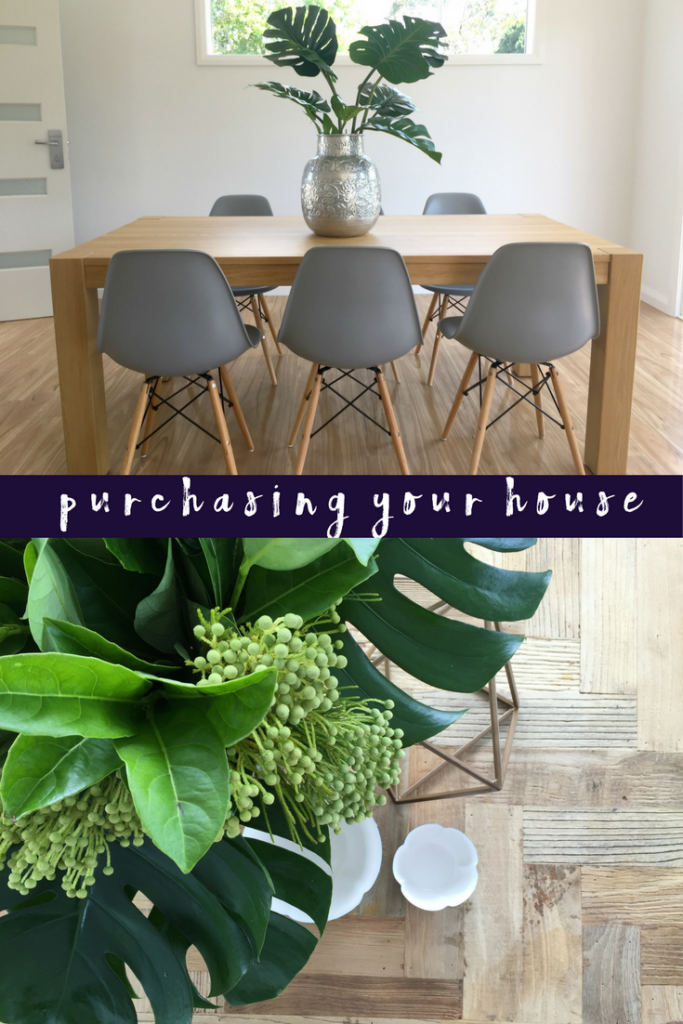Interested in starting a career as a Property Stylist?
Not sure how to turn this passion into a six figure career?
Start Here: Free Video Training Series
Hey, guys! Naomi Findlay here. I’m back to give you another snippet on how to sell your home or property for more.
Today, we’re talking about the importance of knowing a buyer and how knowing who your buyer is can actually help you achieve maximum sale price.
Let’s get to it.
Why is it important to know who your ideal buyer is?
Why is it important to know who you need to market the property to? I have a really favorite saying that I got from a fantastic agent that I work with. It is:
“If you aim for nothing, you get nowhere.”
If we’re looking to market your property to your target market and we don’t know who they are, how are we ever going to achieve that?
I can hear many people going, “Do you really want to market it to a certain group of people? Do you really want to market it to a specific area?” Absolutely not.
You do not want to market it to a specific, specific tiny narrow area at all.
What you do want to do is make sure that you know who your target market is so that you can ensure that at least 80% of those people are covered in the way that you present your property for marketing.
A good example of how this can really come into play:
Often, a lot of the clients’ houses that I see and a lot of the properties that I see don’t just have one target market. They may have two or three target markets.
Some properties that I come across are absolutely ideal for a second home buyer — they’re a quality home, generally in a good suburb, generally close to schools and shopping and transport, but they’re not that big properties.
Those sorts of properties are also often amazingly suited to downsizes, to empty-nesters, because they need the amenities and they need the transport but they don’t need the massive house now that the family has left.
This is a great way of showing you that if we didn’t do our research and we didn’t know who our target market was, we could have absolutely missed at least half of them.
The majority of the time, those two different target groups — second home buyers, maybe their ages is pitched around, the 30-35 and down-sizers and people pitched at 60/65/70 — probably have different tastes and they probably have different needs of the property.
Knowing who your buyer is allows you to make sure that you’re catered to both of their tastes and both of their needs in regard to functionality and style within the property. Knowing your buyer is essential. I hope that example has shown you that.
The next thing I want to talk to you about is how you find that out.
How do you actually work out who is wanting to buy your property?
Here’s my top tip list. Have you got your pen and paper ready?
We’ve got a checklist below that you can also download as a reminder of who you need to talk to and what you need to do to find out who your buyer is. Make sure you get to it. Link below and you can access that.
The first thing I do when I want to know who the buyer of my property is is I stalk them — in a nice way.
I actually go and check out open homes in my area. I’ll find properties similar to mine.
The great part about that is you can knock of your research — we’ve talked about that in a previous video. You can knock of your property research at the same time as researching your buyer. Go to open homes and check out who’s there.
- Are they downsizers?
- What are their age groups?
- Are they families?
- How many kids do they generally have?
- What sort of cars are they driving? What are the ages of the children?
- What does the socio-economic status look like of the people that are at these other open homes?
That’s a great, great way to find out who your buyer is and, hence, make sure that you’re covering all bases when you’re preparing your property for market.
The other way to do it is agents.
Often, we don’t have time to be trekking around to open homes. To be honest with you, you can start to look like a bit of a stalker if you do it week in and week out.
Establish a relationship with a really great agent in the area.
They should be able to tell you hands down, without thinking about it. If they’re shifting property in your area, they should be able to tell you who your target market is.
They should be able to tell you, with confidence and with strong knowledge, based on data of their open homes (and if they’re selling in that area) they’ll be having lots of open homes.
If they’re successful open homes, they’ll be having lots of people come through them. They should be able to tell you the demographics of the people that are actually candidates for wanting to buy your property.
Similarly, a professional home-stager should be able to do the same.
A professional home-stager should be able to tell you a lot about your market; how it is, who’s looking, the types of demographics that you need to be considering when styling and arranging and preparing your home for sale.
It’s super important. Those two key people – agents and professional home-stagers in the area are key people.
If you don’t have the time to be going to all those open homes yourself, then your agents and your professional home-stagers are two of the go-to people.
The next thing, you can look for yourself. This can be done socially just when you’re out and about with the kids or with friends or having a drink.
Look at the local area of your property.
Look at who is at the shopping centers. Look at who is at that parks. Look at who is at the recreational facilities. Look at the types of cars they’re driving. Are they family cars? Are they little downsizing cars? Are they luxury cars?
This will tell you a lot about your area and also about who you need to sell these properties to.
The last thing that you need to do is you need to have a really good think about where you were when you bought it compared to where you are now. Many people have said to me, “Why do I need to research who my buyer is? It’s somebody like me. I bought this house.”
Yes, that’s completely correct. It was somebody like you when you bought it. However, if you’ve been in that property for 30 years or so, it might have changed a little. You’re changed a little.
More than likely, there’s a chance that the people that are looking to buy your property and that are your potential audience or are your potential buyers, it’s more than likely that they are maybe a little like you were 30 years ago when you bought it.
You also need to think about the fact that things change.
The suburbs change, demographics change and the schools change. It’s really important to do some current time, here and now research. Due diligence research about who your market is.
Then the thing that you need to make sure that you do is when you’re presenting that property for sale, you without doubt have to make sure that you don’t polarize any of that market.
If you work out that your market is, for example, downsizers as well as people that are looking to buy their second home, you must make sure that you appeal to both of those markets and, most importantly, that you polarize none of those markets.
That will really go a long way to helping you sell your home for more.
I hope you enjoyed today. As I said, there’s a link below to a resource that can help you out with researching your buyer. Please download it. Let us know your thoughts.
We love improving our tips and our checklists all the time. Please jump on, grab that and remember researching your buyer will make sure that you don’t omit anyone to that target market that you’re wanting to appeal your property to.
Thanks, guys. I’ll talk to you soon.


 Naomi Findlay is an experienced interior designer, project manager and stylist who also loves sharing her passions and experience by teaching others.
Naomi Findlay is an experienced interior designer, project manager and stylist who also loves sharing her passions and experience by teaching others.
Leave a Reply